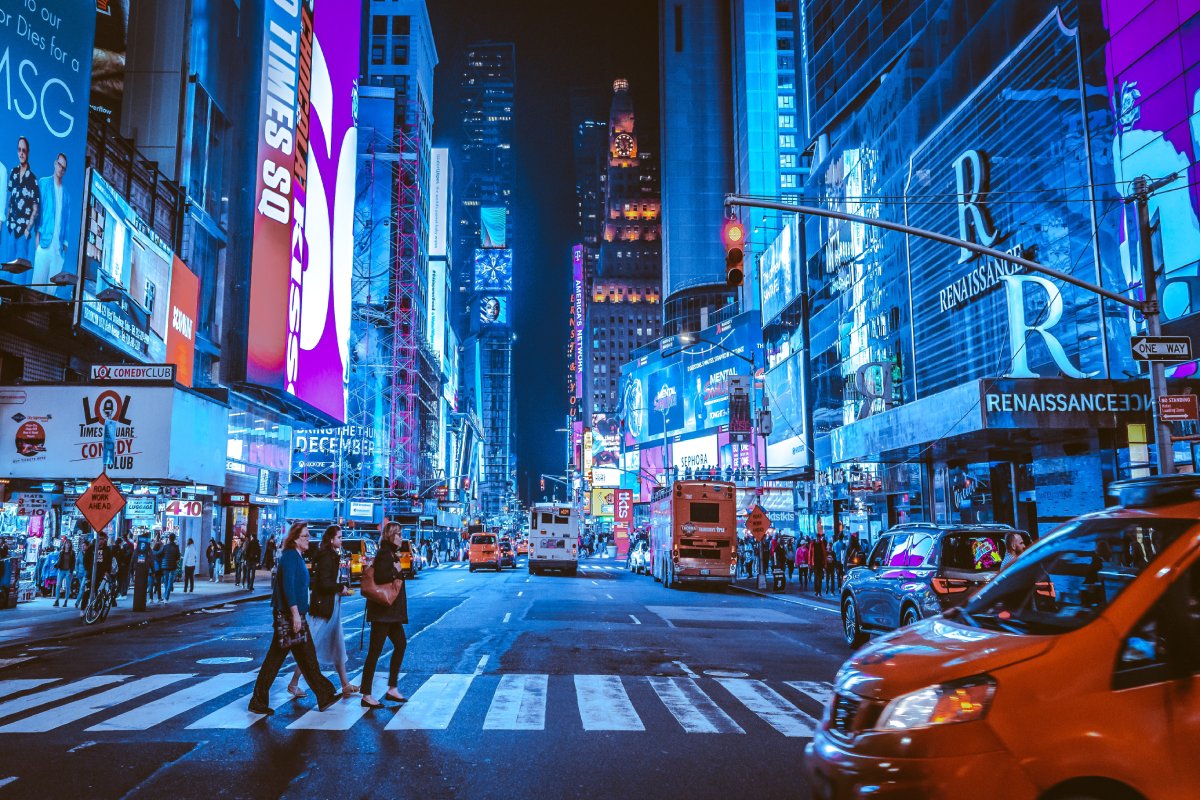Skift Take
Tourism marketing slogans should stick to their domain when they try to spur locals to civic pride and action: focusing on what makes the destination so great to attract locals and visitors in the first place.
New York launched a marketing campaign last week that plays on Milton Glaser’s iconic “I Love New York” tourism slogan and logo to drive local civic engagement. It’s operating in an environment where it’s harder than ever to sell a tourism slogan to a skeptical public.
Developed in 1976, “I Love New York” was originally developed to promote tourism to the state and has become a cultural icon recognized all over the world and a symbol of the Big Apple. It’s one of the most successful slogans in tourism, said Dave Serino, founder and chief strategist for TwoSix Digital, a marketing agency.
Using tourism marketing resources to drive civic pride isn’t new. Explore St. Louis has a foundation dedicated to inspiring civic pride. Choose Chicago is using portions of its recent $5.5 million award to clean up “neglected” South Side and West neighborhoods to help residents feel civic pride, which would help make these areas attractive for tourists.
With the tagline “We Love NYC,” the two-year campaign aims to reignite New Yorkers to have pride in their home again and take civic action after enduring a rough few years during the pandemic. About 70 percent of the public told surveyors they “feel very or pretty negatively” about the direction of the city, said Kathryn Wylde, president and CEO of the Partnership for New York City, a consortium of corporations and business executives.
Major reported reasons were concerns about affordability and public safety — a public concern at the time I Love New York was developed. The pessimism doesn’t bode well for the city’s future in areas like tourism. “We don’t believe we can sell New York City unless New Yorkers believe in it first,” Wylde said.
“We Love NYC” is supposed to galvanize locals to come together and clean up their neighborhood, patronize their local business, figure out how to work with their local precinct and take other forms of action to move the city in the right direction, Wylde said.
Marketing campaigns can drive civic engagement. To encourage their locals to show visiting friends and relatives around their city, Explore St. Louis has used marketing campaigns over the last few years showcasing famous St.Louis citizens like John Goodman, attractions and activities and open house events. The Gateway Arch saw nearly 20,000 visits during the week of Christmas, up from 6,000 the week before, said Explore St. Louis Chief Marketing Officer Brian Hall.
But the We Love New York campaign isn’t getting much love. The ad got extensive coverage in news sites like The New York Times, The Gothamist and Eater New York and social media, much of which has been ridicule and negative criticism. Some also mistakenly think the new ad is replacing the original one.
“We love New Yorkers have 8.5 million opinions, that’s how it goes in this city,” said Maryam Banikarim, founder of MaryamB, a marketing agency that worked on the campaign. “Welcome to the conversation, our goal was to start a conversation but really it’s just the beginning.”
It’s very hard to intentionally build community support with tourism slogans today, said Serino. “I think you are seeing more failures than successes with taglines,” he said.
For one, they need a long period of time to really make an impact. Some of the most successful slogans trace go back decades and their owners have been careful to modify. “Virginia Is for Lovers” has been used since 1969 and has been largely untouched, said Serino. New slogans with modifications to their the original face an uphill in public acceptance.
Tourism slogans also don’t last long due to changes in political executive leadership. Under different governors, for example, Pennsylvania has run through a list of tourism mottos: “Pennsylvania Memories Last a Lifetime,” ”You’ve Got a Friend in Pennsylvania,” and “America Starts Here.” The current one is the obscure “Pennsylvania. Pursue Your Happiness.”
In addition, tourism slogans can’t tell people what to feel or do, and locals have to see something they want to be a part of. The most recent slogan to reach success in staying power and win community support was Pure Michigan.
The campaign was launched in 2010 to drive tourism and spread awareness of the Michigan’s beautiful natural resources. At the time, Michiganians felt down on their luck amid the state’s mass unemployment and the automotive industry bailouts. Locals surprisingly adopted the tourism slogan as a rallying cry for their state.
“Instead of trying to start at the bottom and push up, this program got the train rolling down the track and everyone hopped on and it was full steam ahead,” Serino said.
The Daily Newsletter
Our daily coverage of the global travel industry. Written by editors and analysts from across Skift’s brands.
Have a confidential tip for Skift? Get in touch
Tags: chicago, marketing, new york city, nyc, safety
Photo credit: Times Square. New York City leaders are using a famous tourism icon to drive civic pride and action. Andreas Niendorf / Unsplash

